The Grandiose Ambition of the Great Southern of Spain Railway Company Ltd.
Purchena Station, Marble, and the Welsh Coal Scam
Delve into the GSSR's push to Purchena in 1894, a challenging section through the Almanzora Valley that opened the door to the Macael Marble industry. Learn about the human cost, including a fatal 1891 mudslide, and the catastrophic 1906 Cantoria collision caused by storm damage. Finally, uncover the incredible story of Don Fortunato Fernández and his failed Welsh coal scam, which exposed the GSSR's illegal preference for imported fuel over mandated Spanish brown coal.
By Nick Nutter on 2025-10-5 | Last Updated 2025-10-23 | The Grandiose Ambition of the Great Southern of Spain Railway Company Ltd.
This article has been visited 246 times

Cantoria station, now the local Police station 2025
Into the Heart: Almanzora to Purchena (1893–1894)
The GSSR continued to push into the Almanzora Valley, a natural corridor flanked by mountains, reaching Purchena on June 11, 1894. Work on this short but challenging section, which had begun back in 1890, passed through the small way stations of Cantoria and Fines-Olula. It was a journey that highlighted both the human cost of construction and the logistical nightmares of operating a railway in a geologically volatile region.
Do you enjoy my articles? For your reading pleasure, this website does not carry third party ads. You could help me write more articles by buying me a cup of coffee.
A Landscape of Contrasts
The topography here is defined by the Almanzora River basin. The valley floor itself is wide and flat, an ideal path for the railway, but it is dramatically flanked by two powerful mountain ranges: the Sierra de las Estancias to the north, and the more imposing Sierra de los Filabres to the south, with peaks over 2,000 metres high (Caar Alto – 2,163 metres).
While the train stayed on the flat valley bottom, the town of Purchena is nestled at the foot of the Filabres, giving it a less arid, more mountainous feel. This location has defined human settlement for centuries. Purchena is famous for its ruined Arab stronghold, the Alcazaba, strategically positioned on a hilltop overlooking the valley—a clear indication that high ground meant safety in this dramatic landscape.
Blood and Bad Luck
The construction of this section was marked by tragedy. In 1890, a cutting that would later become the Las Cañadicas Tunnel collapsed, tragically killing a woman from Albox, Señora Leonor Berbel Sánchez. The danger of the steep cuttings was confirmed again in May 1891, when a massive mudslide, caused by water ingress, buried workers between Almanzora and Cantoria, resulting in four deaths and five injuries.
The violence of the weather was an operational threat, too. In October 1906, a serious collision occurred near Cantoria. A severe storm had knocked out the telegraph communications, forcing trains to operate without warnings. Locomotive No. 253 was proceeding towards Baza when the guard, Federico Pérez, spotted an oncoming ore train. Despite his heroic efforts to apply the brakes, a collision was unavoidable. Pérez saved his own life by jumping out, but the resulting "great catastrophe" involved deaths, major injuries, and heavy equipment loss.
That Engine 253 seemed cursed. The unlucky locomotive returned to service only to be involved in a series of accidents and fires over the next seventeen years, often having wagons carrying hay or fertilizer suddenly burst into flames. It’s easy to understand why drivers of the time claimed their engines had distinct personalities!
The Saga of the Welsh Coal Scam
Purchena provided the setting for a colourful tale of attempted fraud involving the charming rogue, Don Fortunato Fernández.
Don Fortunato, who cut a dandy figure with his English leather leggings and copious jewelry, appeared after the line's completion claiming that the land under Purchena station concealed a rich coal seam. He demanded six million pesetas in compensation from the GSSR.
To strengthen his fraudulent claim, Don Fortunato dug a small mining adit and dumped stolen GSSR coal at its end. The scam failed spectacularly when a GSSR assessor took samples. The assessor's report exposed two fatal flaws: first, no coal had ever been discovered in the Almería region; and second, the samples were identical to coal from Cardiff, Wales. The GSSR preferred Welsh coal for its steam engines over the poor-quality Spanish brown coal, a fact they preferred to keep quiet since Spanish law mandated the use of local fuel. Perhaps out of amusement, and to avoid a scandal over the Welsh coal, the GSSR settled the fraudulent case out of court, paying Don Fortunato a final, small settlement.
The Marble Connection
The completion of the line to Purchena was a transformative economic event. The railway's arrival, along with the exploitation of local iron mines, woke the valley towns from a period of stagnation.
Crucially, the railway provided a vital link for the region's other key industries, most notably the famed Macael Marble. Macael, nestled in the foothills of the Sierra de los Filabres, has been the source of its pure white marble for over 4,000 years, used in everything from the Alhambra in Granada to the Royal Palace in Madrid.
The station at Fines-Olula gave this massive industry the connection it needed. The railway allowed Macael's large, heavy blocks of marble to be transported efficiently to the port of Águilas for global export. This shift transformed the local economy from predominantly agricultural to industrial, establishing the foundation for the region to become a global marble powerhouse.
Today, the old railway route through this historically rich valley is being converted into the Vía Verde del Almanzora, a fitting tribute to the line’s lasting cultural and economic impact.
Enjoying This Article – FREE to read on Kindle Unlimited?
My new book, 'The Grandiose Ambition of the Great Southern of Spain Railway Company Ltd.’ is now available as a fully illustrated, colour, paperback from Amazon, as a downloadable ebook from Kindle and Free to Read on Kindle Unlimited.
Do you enjoy my articles? For your reading pleasure, this website does not carry third party ads. You could help me write more articles by buying me a cup of coffee.

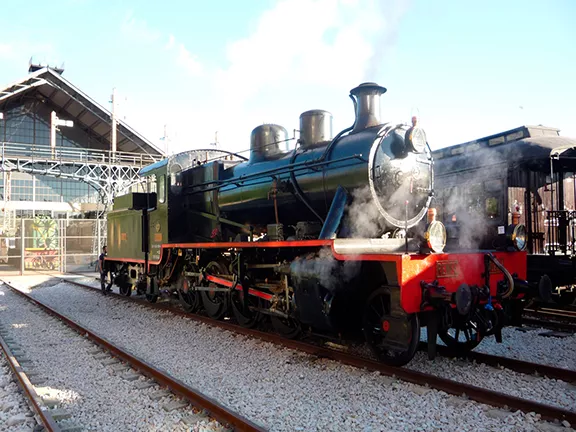 1: Setting the Stage for the GSSR
1: Setting the Stage for the GSSR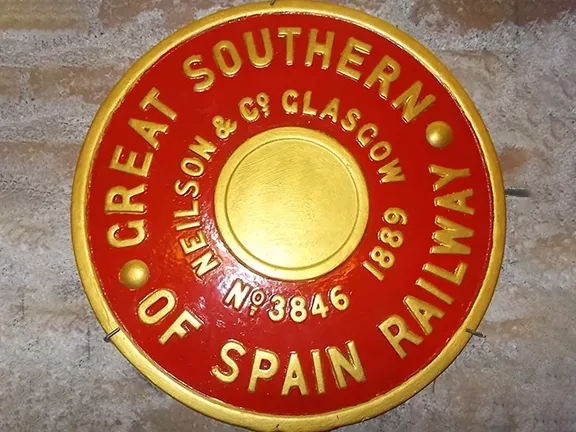 2: Founding the GSSR
2: Founding the GSSR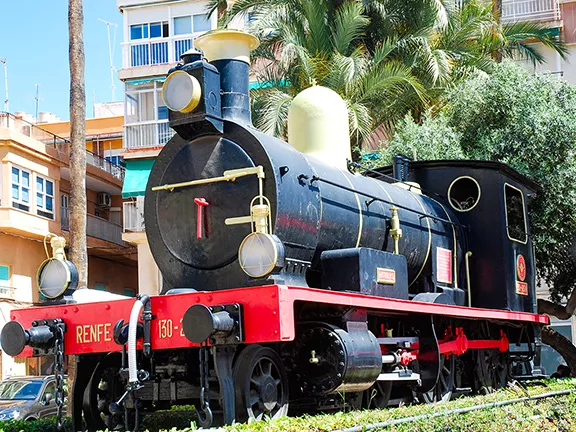 3: Águilas to Almendricos and Lorca (1885–1890)
3: Águilas to Almendricos and Lorca (1885–1890)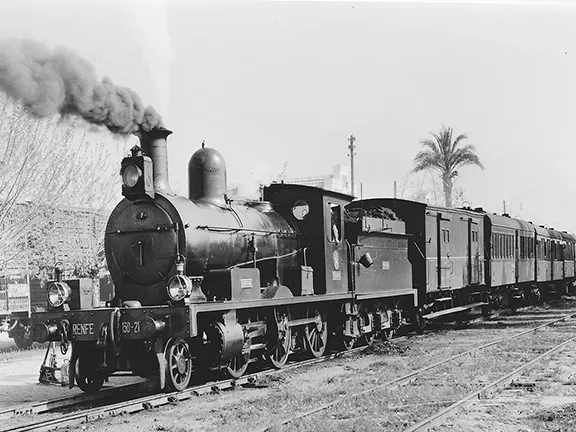 4: Implosion of Hett, Maylor & Co.
4: Implosion of Hett, Maylor & Co.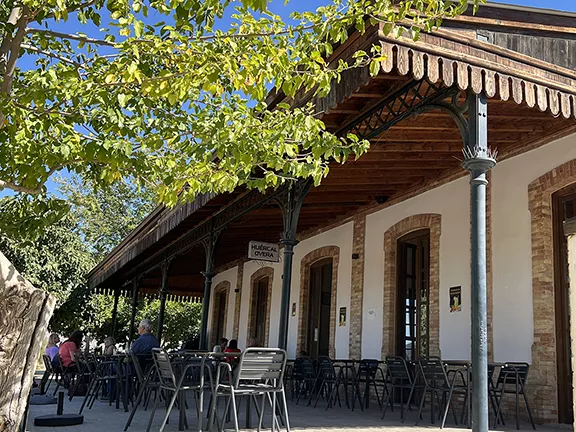 5: Almendricos to Huércal-Overa (1890–1891)
5: Almendricos to Huércal-Overa (1890–1891)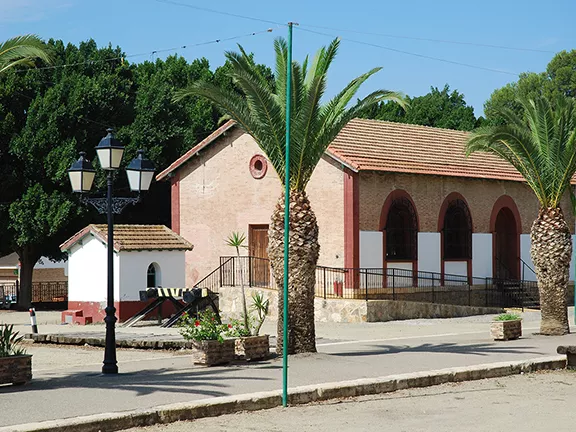 6: Huércal-Overa to Zurgena (1891–1892)
6: Huércal-Overa to Zurgena (1891–1892)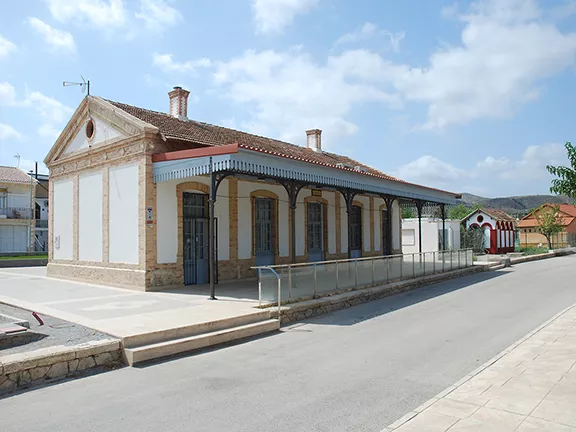 7: Zurgena to Almanzora (1892–1893)
7: Zurgena to Almanzora (1892–1893)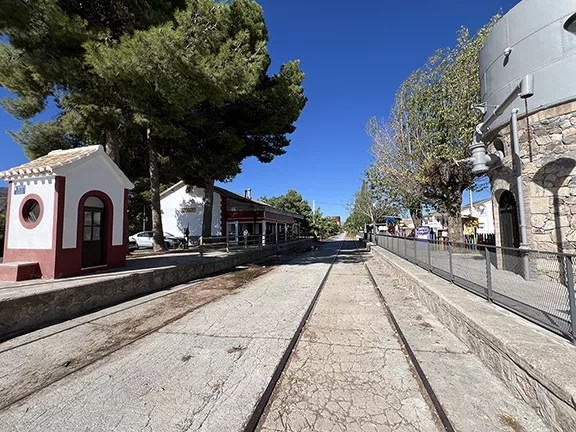 9: Purchena to Serón (1894)
9: Purchena to Serón (1894)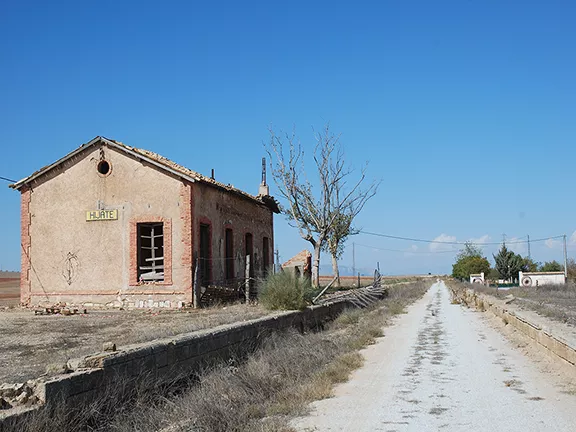 10: Serón to Baza (1894)
10: Serón to Baza (1894)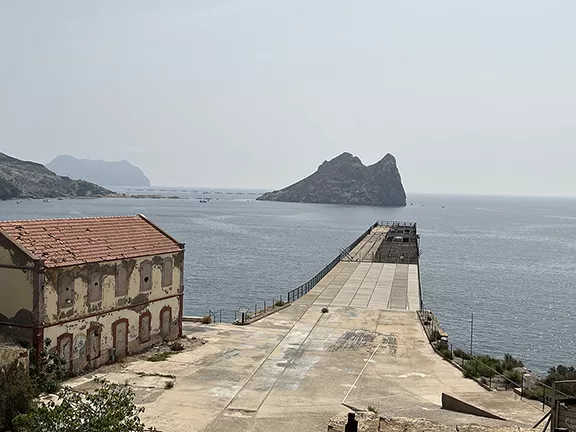 11: El Hornillo Ore Loading Pier (1903)
11: El Hornillo Ore Loading Pier (1903)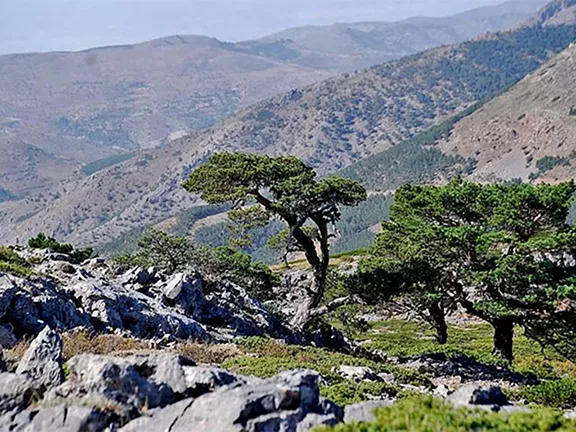 12: GSSR Concession Transfer
12: GSSR Concession Transfer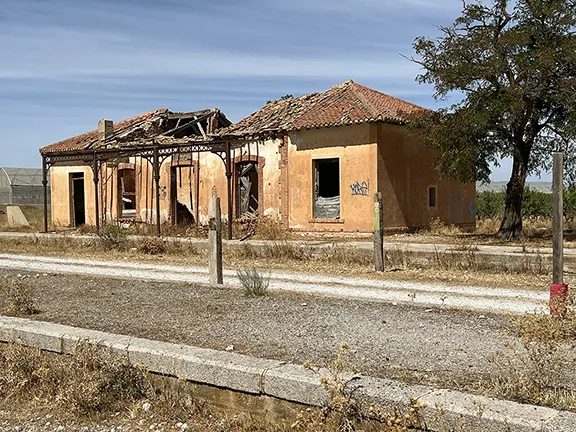 13: Baza to Baúl (1906)
13: Baza to Baúl (1906)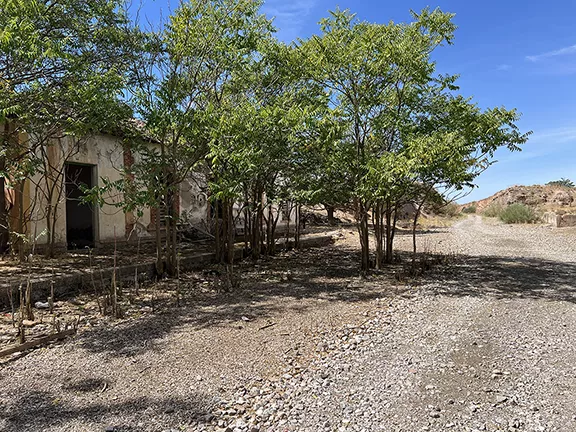 14: Baúl to Gor
14: Baúl to Gor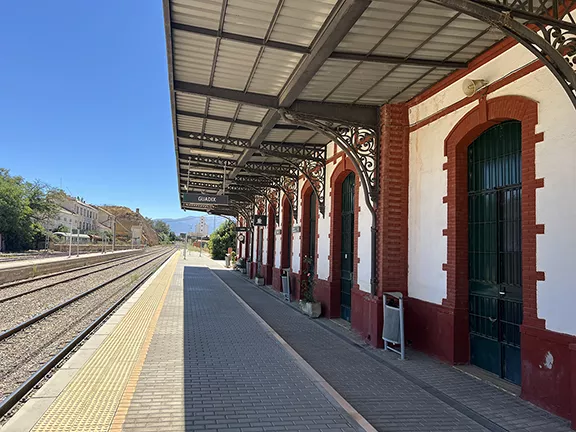 15: Gor Viaduct Disaster (1905)
15: Gor Viaduct Disaster (1905)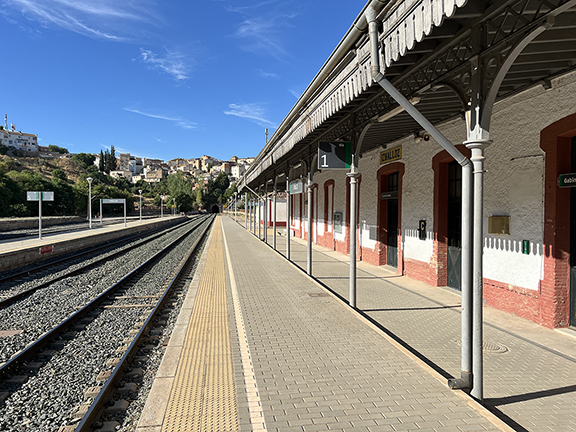 16: Granada to Guadix (1904)
16: Granada to Guadix (1904)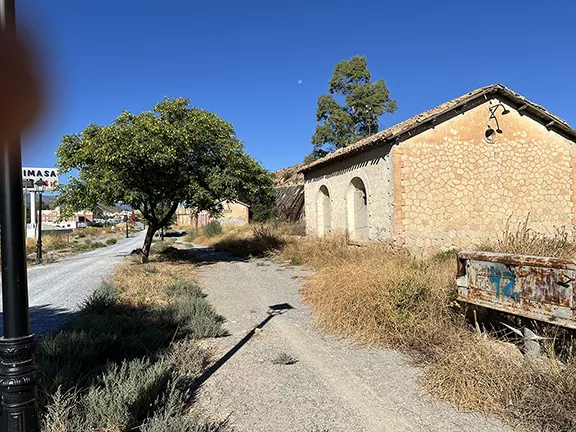 17: The Twilight and Rebirth of the GSSR
17: The Twilight and Rebirth of the GSSR